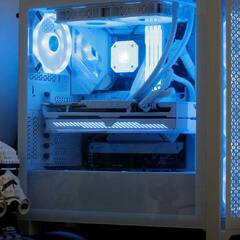-
Featured Topics
-
Topics
-
0
-
1
-
0
-
0
-
1
-
ehaan ·
Posted in Graphics Cards2 -
3
-
0
-
0
-
0
-
















Create an account or sign in to comment
You need to be a member in order to leave a comment
Create an account
Sign up for a new account in our community. It's easy!
Register a new accountSign in
Already have an account? Sign in here.
Sign In Now